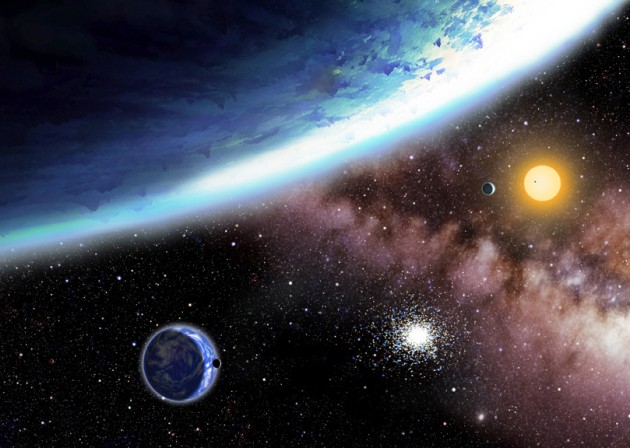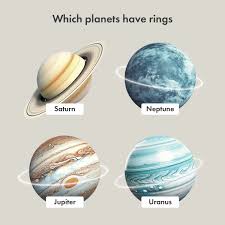Souvenir Sheet: Saturn (Korea, North 1989)
Saturn (Korea, North 1989)
29 June (Korea, North ) within release Astronomy goes into circulation Souvenir Sheet Saturn face value 80 North Korean chon
| Souvenir Sheet Saturn in catalogues | |
|---|---|
| Michel: | Mi:KP BL247 |
| Yvert et Tellier: | Yt:KP BF61 |
Souvenir Sheet is horizontal format.
Also in the issue Astronomy:
- Souvenir Sheet - Saturn face value 80;
- Stamp - Chomsongdae Observatory (7th century) face value 20;
- Stamp - Saturn face value 80;
Souvenir Sheet Saturn it reflects the thematic directions:
Astronomy is a natural science that studies celestial objects and the phenomena that occur in the cosmos. It uses mathematics, physics, and chemistry in order to explain their origin and their overall evolution. Objects of interest include planets, moons, stars, nebulae, galaxies, meteoroids, asteroids, and comets. Relevant phenomena include supernova explosions, gamma ray bursts, quasars, blazars, pulsars, and cosmic microwave background radiation. More generally, astronomy studies everything that originates beyond Earth's atmosphere. Cosmology is a branch of astronomy that studies the universe as a whole. .
A planet is a large, rounded astronomical body that is generally required to be in orbit around a star, stellar remnant, or brown dwarf, and is not one itself. The Solar System has eight planets by the most restrictive definition of the term: the terrestrial planets Mercury, Venus, Earth, and Mars, and the giant planets Jupiter, Saturn, Uranus, and Neptune. The best available theory of planet formation is the nebular hypothesis, which posits that an interstellar cloud collapses out of a nebula to create a young protostar orbited by a protoplanetary disk. Planets grow in this disk by the gradual accumulation of material driven by gravity, a process called accretion.


